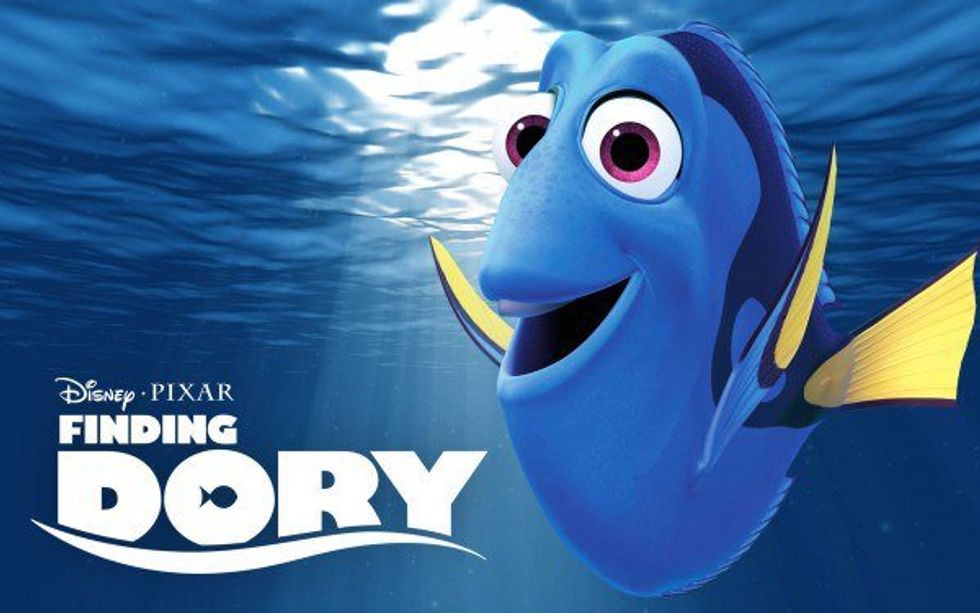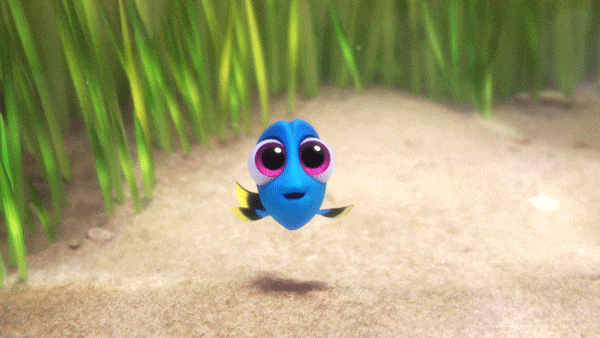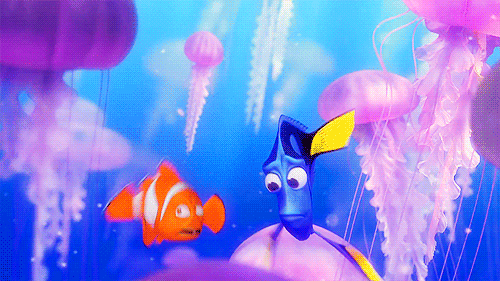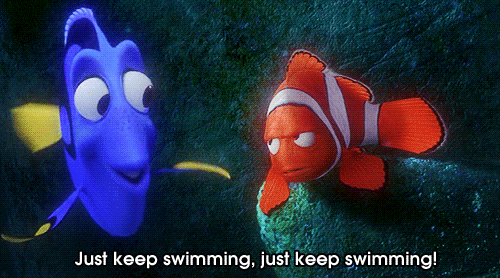She's blue. She's lovable, and she has a hilarious-yet-faulty memory. Have you guessed who I am thinking of yet? Take a peak at basically any television monitor, and you will see one very adorable fish urging you to go see her new movie: "Finding Dory." I know, I know. Your little five-year-old self is struggling to contain her excitement after over a decade of waiting to see your friends from "Finding Nemo." If you can wade through the massive crowds of young children, I strongly urge you to go check it out. You absolutely need baby Dory in your life, trust me on this one guys! As someone who has already seen "Finding Dory" in theaters twice, I can say that it is absolutely up to par with its predecessor-- if not --dare I say it-- surpassing our friend Nemo's story. However, there is an unfortunate dark side to select fish breeds swimming into the limelight.
After the release of "Finding Nemo" in 2003, we all fell hard for Nemo, Marlin, and friends. With the main premise of the movie centering around a young fish being taken from his home, you'd think that it would discourage viewers from purchasing fish that were meant for the ocean, so that they can live happily with their fish families. Wrong. Instead, clownfish sales escalated tremendously, because everyone just had to have their own Nemo! What clownfish owners didn't account for, was that over 90 percent of clownfish are captured from the wild--just like Nemo.
According to an article by Huffpost Australia, Carmen da Silva, a marine biologist from the University of Queensland, the population of clownfish has depleted in areas such as the Philippines, and the Great Barrier Reef. Although global warming and ocean acidification has played a part in the dwindling clownfish population, overharvesting is undoubtedly damaging. The upside, however, is that clownfish can easily be bred in captivity to compensate for what researchers deem the "Finding Nemo Effect" -- but seriously, stop buying clownfish. The scientists plan to limit the harvesting of clownfish from their natural habitats is called the Saving Nemo Conservation Fund. If the "Finding Nemo Effect" carries over to the blue tang species, we may be bringing an end to "Dorys" everywhere.
Unfortunately for the blue tang, aquatic nurseries have yet to successfully produce offspring. This means that every single blue tang up for purchase, will have to be taken from its natural habitat-- with no backup plan to support the species' reproduction and longevity. The June release of "Finding Dory" is expected to increase the demand of "Dorys" everywhere-- surpassing the average blue tang import of 300, 000 annually in the U.S.
Blue tang are not currently an endangered species, but a high demand for your own "Dorys" may leave a considerable dent in the breed's population. For the sake of blue tang everywhere, and for the sake of conserving a species for our children to come, resist the urge to add "Dory" to your fish tank this summer. Let Dory do what she always does best: just keep swimming.


























